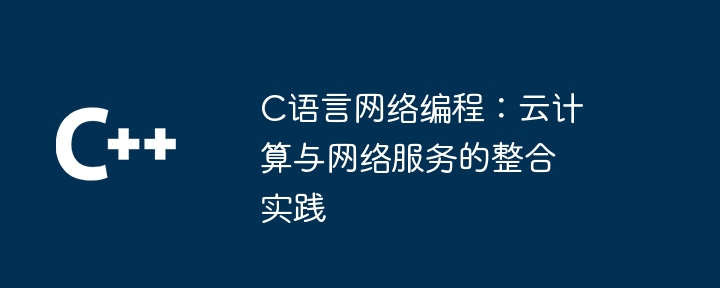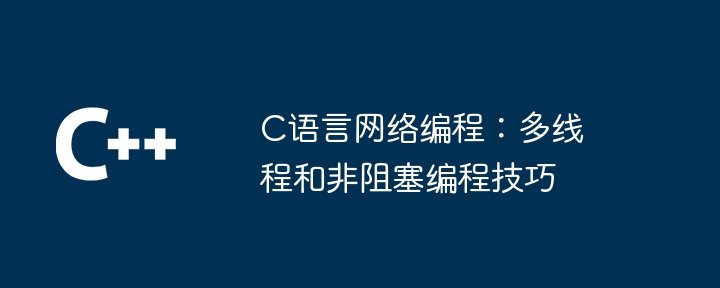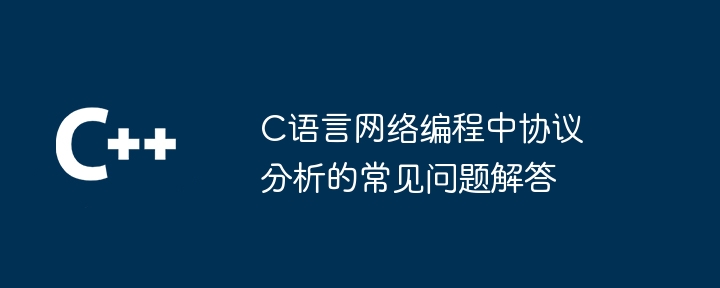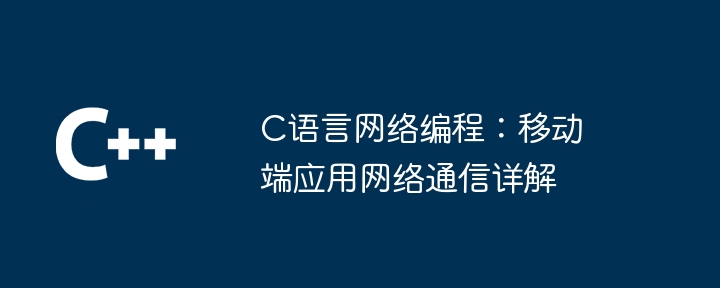解决多线程编程中的死锁问题的方法包括:1. 避免共享资源;2. 使用死锁检测和恢复算法;3. 使用优先级继承;4. 使用超时。

如何解决多线程编程中的死锁问题
死锁是多线程编程中一种常见的问题,当多个线程同时等待对方释放资源时就会发生。这会导致所有线程都无限期地等待,无法继续执行。
解决死锁问题的常见方法:
- 避免共享资源:尽可能减少线程之间共享的资源数量。
- 使用死锁检测和恢复算法:这些算法可以在发生死锁时检测并恢复系统。
- 使用优先级继承:允许持有较高优先级锁的线程继承持有较低优先级锁的线程的优先级。
- 使用超时:在等待资源时设置超时,如果在超时时间内没有获得资源,则放弃等待并采取其他措施。
实战案例:
考虑以下代码,其中两个线程 A 和 B 尝试访问共享资源 x 和 y:
from threading import Thread, Lock
x_lock = Lock()
y_lock = Lock()
def thread_a():
while True:
x_lock.acquire()
y_lock.acquire()
# 处理共享资源
y_lock.release()
x_lock.release()
def thread_b():
while True:
y_lock.acquire()
x_lock.acquire()
# 处理共享资源
x_lock.release()
y_lock.release()
if __name__ == "__main__":
Thread(target=thread_a).start()
Thread(target=thread_b).start()这段代码会出现死锁,因为线程 A 和 B 都在等待对方释放锁。
为了解决这个问题,我们可以使用死锁检测和恢复算法,例如等待图算法。以下是使用该算法的代码:
# ...(前面的代码不变)
wait_graph = {} # 等待图
def detect_deadlock():
for thread in threading.enumerate():
if thread.name not in wait_graph:
wait_graph[thread.name] = set()
for thread in threading.enumerate():
if thread.name not in wait_graph:
continue
for lock in thread.locks:
try:
wait_graph[thread.name].add(lock.locked_by.name)
except AttributeError:
pass
# 检查等待图中是否存在循环
visited = set()
path = []
for thread in wait_graph:
if thread not in visited:
deadlock = dfs(thread, visited, path)
if deadlock:
return deadlock
return None
def dfs(thread, visited, path):
if thread in visited:
return path
visited.add(thread)
path.append(thread)
for next_thread in wait_graph[thread]:
deadlock = dfs(next_thread, visited, path)
if deadlock:
return deadlock
path.pop()
return None
# ...(后面的代码不变)这个算法通过构建等待图并使用深度优先搜索来检测死锁。如果检测到死锁,则可以采取恢复措施,例如超时或强制终止线程。
以上就是如何解决多线程编程中的死锁问题的详细内容,更多请关注知识资源分享宝库其它相关文章!
版权声明
本站内容来源于互联网搬运,
仅限用于小范围内传播学习,请在下载后24小时内删除,
如果有侵权内容、不妥之处,请第一时间联系我们删除。敬请谅解!
E-mail:dpw1001@163.com












发表评论